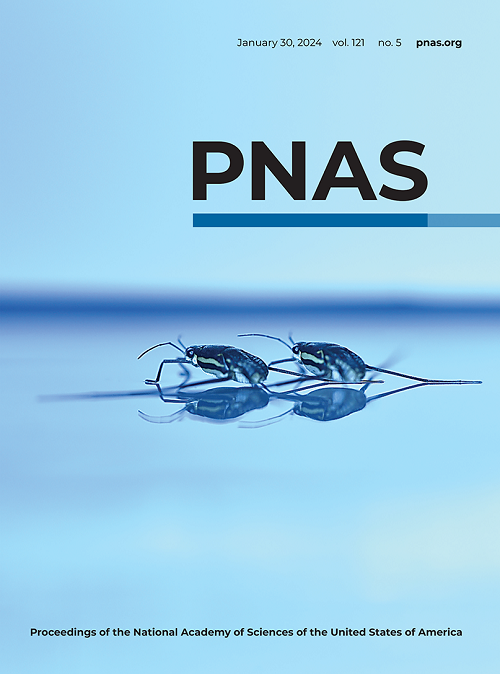The cingulate cortex facilitates auditory perception under challenging listening conditions
IF 9.4
1区 综合性期刊
Q1 MULTIDISCIPLINARY SCIENCES
Proceedings of the National Academy of Sciences of the United States of America
Pub Date : 2025-04-01
DOI:10.1073/pnas.2412453122
引用次数: 0
Abstract
We often exert greater cognitive resources (i.e., listening effort) to understand speech under challenging acoustic conditions. This mechanism can be overwhelmed in those with hearing loss, resulting in cognitive fatigue in adults and potentially impeding language acquisition in children. However, the neural mechanisms that support listening effort are uncertain. Evidence from human studies suggests that the cingulate cortex is engaged under difficult listening conditions and may exert top–down modulation of the auditory cortex (AC). Here, we asked whether the gerbil cingulate cortex (Cg) sends anatomical projections to the AC that facilitate perceptual performance. To model challenging listening conditions, we used a sound discrimination task in which stimulus parameters were presented in either “Easy” or “Hard” blocks (i.e., long or short stimulus duration, respectively). Gerbils achieved statistically identical psychometric performance in Easy and Hard blocks. Anatomical tracing experiments revealed a strong, descending projection from layer 2/3 of the Cg1 subregion of the cingulate cortex to superficial and deep layers of the primary and dorsal AC. To determine whether Cg improves task performance under challenging conditions, we bilaterally infused muscimol to inactivate Cg1 and found that psychometric thresholds were degraded for only Hard blocks. To test whether the Cg-to-AC projection facilitates task performance, we chemogenetically inactivated these inputs and found that performance was only degraded during Hard blocks. Taken together, the results reveal a descending cortical pathway that facilitates perceptual performance during challenging listening conditions.扣带回皮层在具有挑战性的听力条件下促进听觉感知
本文章由计算机程序翻译,如有差异,请以英文原文为准。
求助全文
约1分钟内获得全文
求助全文
来源期刊
CiteScore
19.00
自引率
0.90%
发文量
3575
审稿时长
2.5 months
期刊介绍:
The Proceedings of the National Academy of Sciences (PNAS), a peer-reviewed journal of the National Academy of Sciences (NAS), serves as an authoritative source for high-impact, original research across the biological, physical, and social sciences. With a global scope, the journal welcomes submissions from researchers worldwide, making it an inclusive platform for advancing scientific knowledge.

 求助内容:
求助内容: 应助结果提醒方式:
应助结果提醒方式:


